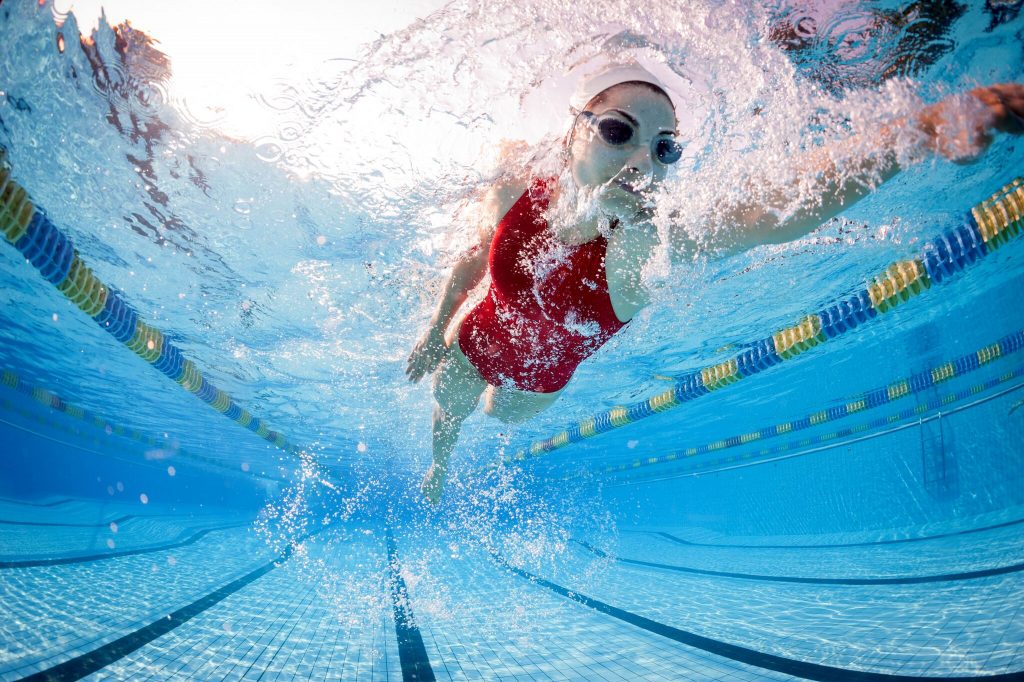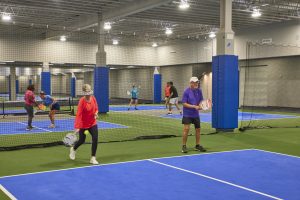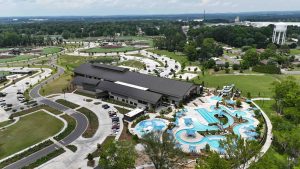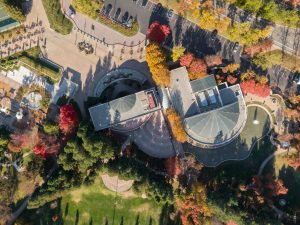Every sporting event has a scoreboard. Whether it shows runs, points, or time, it’s measuring the performance of its participants and provides a roadmap of sorts for reaching your goals. The scoreboard lets teams and individuals know how far away they are from winning the game, achieving a personal best or breaking a record.
The sports facilities that house these scoreboards also need to know how far they are from reaching their goals. Assessing the performance of a sports facility will help you determine where adjustments need to be made, whether it’s in programming, budget, operational processes or promotional strategy. To define success for your sports venue, you must establish key performance indicators that are agreed upon by all stakeholders and reflective of the environment in which it operates.
Key Performance Indicators for Sports Complexes
How groups define success for their sports facilities depends on a variety of factors, including organizational goals, how they were funded, how they generate revenue, and the activities that take place within them. At the Sports Facilities Companies, our team has served over 2,000 communities throughout the United States. Below are a few indicators that have defined success for their sports complexes:
Revenue Generation & Cost Recovery: The primary way to define success for sports complexes is measuring ROI. For every dollar invested, how much revenue does the facility generate? Is it enough to offset the cost of developing and maintaining the facility? This is the primary scoreboard for privately owned sports facilities because they represent an investment by a group or an individual. Understanding the ROI for a sports complex can help inform decisions in three primary areas, programming, marketing and business development, and operations. Does the programming meet the needs and interests of consumers? Is it of the highest quality? In terms of marketing, does your efforts do an effective job of differentiating your venue from the competition in positive ways? And then, in terms of operations, are your day-to-day processes efficient? Does everyone on your team understand their roles and execute them at a high level? Over the years, the SF Companies has examined the programs, equipment, and processes of underperforming facilities throughout the country to help them increase their ROI.
Economic Impact: Sports tourism facilities often define success by the economic impact that it has on its home community. When events are hosted, non-local athletes and spectators come to the venue and spend money on the event itself and on items that support their visit, such as food and beverage and lodging. They may also purchase items from local shops and visit attractions during their trip. In terms of lodging, communities measure hotel taxes in addition to direct spending. This is spending that doesn’t take place if the event is not being held.
Community Engagement: For parks and recreation departments, sports facilities are often fulfilling the desire to enhance the health and wellness of their communities. In this case, success is measured by the facility’s number of participants and programs. This may include the number of members at a community fitness center or participants in summer camps or youth sports leagues.
Health & Social Outcomes: Taking this concept one step further, community recreation centers may look at the overall impact that participation in their programs has on the surrounding community. Are fitness initiatives leading to lower incidents of chronic illness among the population? Fewer hospital visits?
The social impact of community recreation is important, regardless of the location, but it’s particularly important when it comes to increasing participants in underserved areas. While facility usage or program attendance are the primary KPI’s, success may mean a decrease in juvenile crime and an increase in school performance among certain age groups.
Placemaking & Economic Development: For sports tourism destinations, the goal is to develop a facility that comes to define a community. When performing well, these facilites build a positive reputation for a community and brings guests from throughout a region or, even across the country. This produces two measurable outcomes from an economic development standpoint. Additional people coming to a community to participate in and attend events, provides exposure for the community that can spark population growth and new tax revenues resulting from that growth. Secondly, population growth can lead to new commercial and residential development opportunities.
Emergence of Mixed-Use Developments: Lastly, sports and recreation facilities are increasingly becoming the anchors for multi-use developments. The KPI in this case is the opportunities that are generated because of the presence of the venue. In turn, these multi-use developments can provide a measurable boost to the local economy by generating sales, hotel tax revenues, and/or property tax revenues.
However your sports facility defines success, the SF Companies can help you get there with our wealth of experience managing the nation’s premiere sports, recreation, and entertainment venues. We can help you define your goals, evaluate your facilities, and build and execute a plan to achieve success. Contact us today to schedule a Discovery Call at 727-474-3845.






